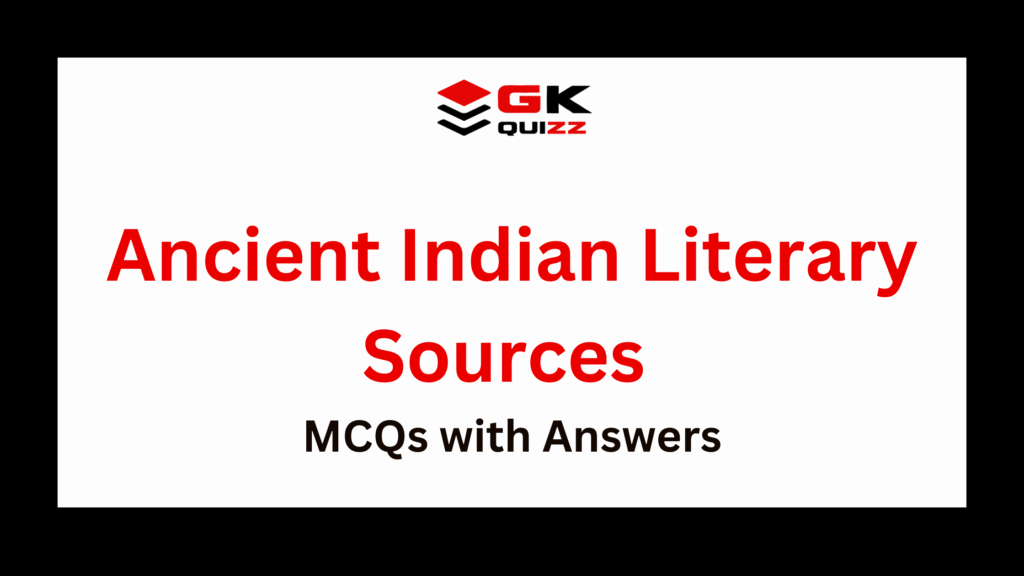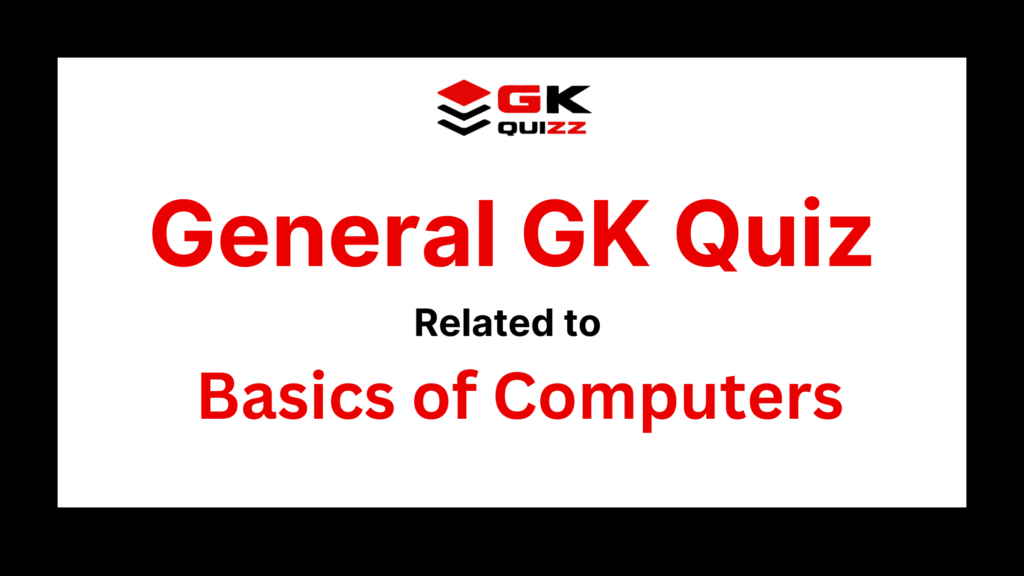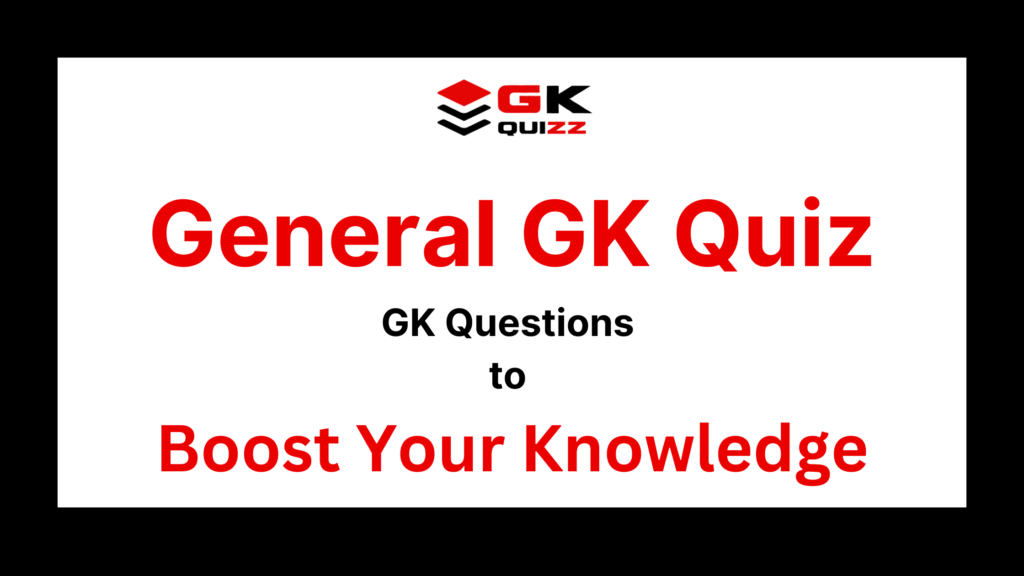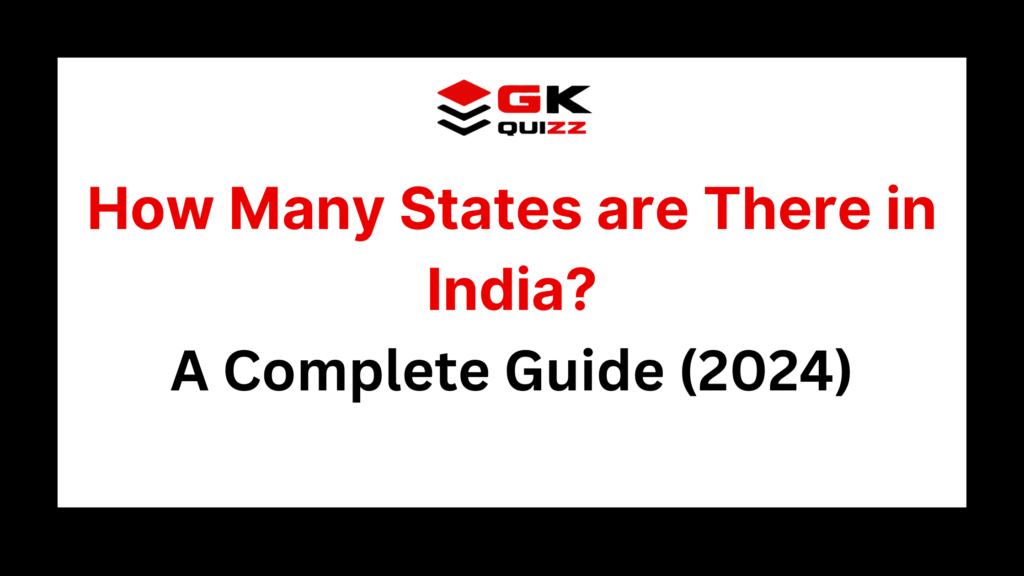Ever wondered how we know so much about India’s ancient past—what people believed in, how they lived, and what their daily lives looked like? The answer lies in ancient Indian literary sources.
These aren’t just old dusty books tucked away in libraries. They’re vibrant stories, philosophical debates, religious chants, political strategies, and poetic verses that tell us what ancient India thought, felt, and stood for. Whether you’re trying to understand what are literary sources of Indian history, or you’re just curious about the most famous Indian literature, you’re in for a fascinating journey.
Think of the Vedas, the Ramayana, the Mahabharata—they’re more than just stories. They’re windows into a different time. And it’s not just Hindu texts—Buddhist and Jain literature, along with works from foreign travelers and scholars, paint a fuller, richer picture of ancient Indian history.

So if you’re here wondering what are the main literary sources of ancient history, or looking for a list of must-read ancient Indian literature books, you’re in the right place. In this post, we’ll break it down in a friendly, easy-to-understand way—no jargon, no fuss. Just timeless knowledge from the people who lived it. Let’s dive in!
Ready to test your knowledge of ancient Indian literature and its role in shaping our understanding of the past?
MCQs on Ancient Indian Literary Sources
This Ancient Indian Literary Sources MCQ quiz is designed to help you explore the literary sources of ancient Indian history in a fun and educational way!
#1. MCQs on Ancient Indian Literary Sources – Vedas and Related Texts
1. What are the two main types of sources used to understand ancient Indian history?
A. Political and Religious Sources
B. Literary and Mythological Sources
C. Archaeological and Literary Sources
D. Religious and Historical Sources
Answer: C. Archaeological and Literary Sources
2. In Hindu tradition, which texts are referred to as ‘Shruti’?
A. Epics and Puranas
B. Vedas
C. Dharmashastra
D. Vedanga
Answer: B. Vedas
3. How many Vedas are there in Hindu tradition?
A. Three
B. Four
C. Six
D. Two
Answer: B. Four
4. Which Veda is considered the oldest and is known as the “first testament of mankind”?
A. Sama Veda
B. Yajur Veda
C. Atharva Veda
D. Rig Veda
Answer: D. Rig Veda
5. How many hymns (suktas) are in the Rig Veda Samhita?
A. 731
B. 1028
C. 1810
D. 2000
Answer: B. 1028
6. What is the famous hymn found in the 10th Mandala of the Rigveda that explains the origin of the four varnas?
A. Nasadiya Sukta
B. Purusha Sukta
C. Aghamarshana Sukta
D. Agni Sukta
Answer: B. Purusha Sukta
7. The Sama Veda is primarily a collection of:
A. Philosophical texts
B. Ritual formulas
C. Magical spells
D. Melodies for chanting
Answer: D. Melodies for chanting
8. The Yajur Veda is mainly concerned with:
A. Songs and music
B. Sacrificial rituals and prayers
C. Supernatural spells
D. Law and order
Answer: B. Sacrificial rituals and prayers
9. Which of the following is not a branch of the Yajurveda?
A. Taittiriya
B. Vajasneyi
C. Aitareya
D. Maitrayani
Answer: C. Aitareya
10. The Atharva Veda is also known as:
A. Sama Gita
B. Brahmaveda
C. Yajur Grantha
D. Shruti Granth
Answer: B. Brahmaveda
11. How many mantras does the Atharva Veda contain approximately?
A. 2000
B. 731
C. 5987
D. 1028
Answer: C. 5987
12. What are the two available branches of the Atharva Veda?
A. Hotri and Adhvaryu
B. Shaunk and Pippalad
C. Taittiriya and Maitrayani
D. Jaiminiya and Talvakar
Answer: B. Shaunk and Pippalad
13. Which Brahmana is associated with the Shukla Yajurveda?
A. Taittiriya Brahmana
B. Gopath Brahmana
C. Shatpath Brahmana
D. Khadvisha Brahmana
Answer: C. Shatpath Brahmana
14. Which Veda has the Gopath Brahmana attached to it?
A. Rig Veda
B. Yajur Veda
C. Sama Veda
D. Atharva Veda
Answer: D. Atharva Veda
15. Aranyakas form a bridge between which two spiritual paths?
A. Bhakti Marga and Karma Marga
B. Karma Marga and Gyan Marga
C. Gyan Marga and Yoga Marga
D. Bhakti Marga and Yoga Marga
Answer: B. Karma Marga and Gyan Marga
16. How many Upanishads are considered principal among the total 108?
A. 7
B. 13
C. 21
D. 33
Answer: B. 13
17. What is the primary focus of the Upanishads?
A. Sacrificial rituals
B. Supernatural spells
C. Philosophical and spiritual knowledge
D. Music and dance
Answer: C. Philosophical and spiritual knowledge
18. From which Upanishad is the phrase ‘Satyameva Jayate’ taken?
A. Kathopanishad
B. Ishopanishad
C. Mundaka Upanishad
D. Brihadaranyaka Upanishad
Answer: C. Mundaka Upanishad
19. Which two Mandalas of the Rigveda are known as ‘Vansha Mandal’?
A. 1st and 10th
B. 2nd and 7th
C. 3rd and 5th
D. 6th and 8th
Answer: B. 2nd and 7th
20. Which Mandala is considered a later addition due to its different language?
A. 1st
B. 3rd
C. 8th
D. 10th
Answer: D. 10th
#2. Ancient Indian Literary Sources MCQs on Smriti Texts and Epics
21. Smriti texts are best described as:
A. Divine revelations heard by sages
B. Texts composed by gods
C. Remembered texts auxiliary to the Vedas
D. Historical records only
Answer: C. Remembered texts auxiliary to the Vedas
22. Which of the following Vedangas deals with pronunciation of mantras?
A. Vyakarana
B. Shiksha
C. Kalpa
D. Nirukta
Answer: B. Shiksha
23. Kalpa Vedanga is related to:
A. Grammar and syntax
B. Rhyming schemes
C. Rituals, duties, and sanskaras
D. Astronomy and astrology
Answer: C. Rituals, duties, and sanskaras
24. Which Vedanga focuses on grammar?
A. Nirukta
B. Vyakarana
C. Jyotisha
D. Shiksha
Answer: B. Vyakarana
25. Yaskacharya is associated with which Vedanga?
A. Kalpa
B. Vyakarana
C. Nirukta
D. Jyotisha
Answer: C. Nirukta
26. Acharya Pingala is credited with the Chhandasutra, which deals with:
A. Rituals
B. Grammar
C. Astronomy
D. Poetic meter (Chhanda)
Answer: D. Poetic meter (Chhanda)
27. The Jyotisha Vedanga deals with:
A. Music and melody
B. Etymology
C. Calculation of planetary positions for rituals
D. Rules of conduct
Answer: C. Calculation of planetary positions for rituals
28. Which of the following epics is known as the ‘Adi Kavya’?
A. Mahabharata
B. Ramayana
C. Bhagavad Gita
D. Vishnu Purana
Answer: B. Ramayana
29. How many total shlokas does the Ramayana contain?
A. 6,000
B. 12,000
C. 18,000
D. 24,000
Answer: D. 24,000
30. Which Parvan of Mahabharata contains the Bhagavad Gita?
A. Adi Parvan
B. Sabha Parvan
C. Bhishma Parvan
D. Shanti Parvan
Answer: C. Bhishma Parvan
31. The largest Parvan in the Mahabharata is:
A. Adi Parvan
B. Sabha Parvan
C. Shanti Parvan
D. Sauptika Parvan
Answer: C. Shanti Parvan
32. What was the original name of Mahabharata when it had only 8,800 verses?
A. Bharat
B. Jay Samhita
C. Shatasahastri Samhita
D. Veda Samhita
Answer: B. Jay Samhita
33. The Mahabharata is often referred to as:
A. Adi Kavya
B. Chaturvedi
C. Panchamveda
D. Smritiveda
Answer: C. Panchamveda
34. How many main Puranas are there?
A. 12
B. 16
C. 18
D. 20
Answer: C. 18
35. Who is traditionally considered the compiler of the Puranas?
A. Ved Vyasa
B. Lomharsha or Ugrashrava
C. Valmiki
D. Yaskacharya
Answer: B. Lomharsha or Ugrashrava
Also You May Like This:

#3. Ancient Indian Literary Sources MCQs on Buddhist Literature
36. The Pali Buddhist canon is known as:
A. Tripitaka
B. Triyog
C. Triratna
D. Triveda
Answer: A. Tripitaka
37. The language in which the earliest Buddhist canon (Theravada) was written is:
A. Sanskrit
B. Prakrit
C. Tamil
D. Pali
Answer: D. Pali
38. The three Pitakas are:
A. Digha, Majjhima, Samyutta
B. Sutra, Smriti, Vinaya
C. Sutta, Vinaya, Abhidhamma
D. Nikaya, Jataka, Dhammapada
Answer: C. Sutta, Vinaya, Abhidhamma
39. Which Pitaka contains monastic rules and the Patimokkha?
A. Sutta Pitaka
B. Vinaya Pitaka
C. Abhidhamma Pitaka
D. Jataka Pitaka
Answer: B. Vinaya Pitaka
40. Which Buddhist book contains ethical verses and is part of the Khuddaka Nikaya?
A. Jatakas
B. Dhammapada
C. Milindapanha
D. Vinaya
Answer: B. Dhammapada
41. The Jatakas are included in which Nikaya?
A. Majjhima Nikaya
B. Digha Nikaya
C. Khuddaka Nikaya
D. Anguttara Nikaya
Answer: C. Khuddaka Nikaya
42. The songs of Buddhist monks and nuns are found in:
A. Jatakas
B. Milindapanha
C. Theragatha and Therigatha
D. Vinaya Pitaka
Answer: C. Theragatha and Therigatha
43. The dialogue between King Milinda and Nagasena is found in:
A. Mahavastu
B. Visuddhimagga
C. Milindapanha
D. Lalitavistara
Answer: C. Milindapanha
44. Lalitavistara Sutra is associated with which Buddhist tradition?
A. Theravada
B. Mahayana
C. Vajrayana
D. Hinayana
Answer: B. Mahayana
45. The author of Buddhacharita was:
A. Nagarjuna
B. Ashvaghosha
C. Buddhaghosha
D. Vasubandhu
Answer: B. Ashvaghosha
#4. Ancient Indian Literary Sources MCQs on Jain Literature
46. The collective term for Jain sacred literature is:
A. Vedas
B. Siddhanta or Agama
C. Tripitaka
D. Sangraha
Answer: B. Siddhanta or Agama
47. The earliest Jain texts were composed in which language?
A. Sanskrit
B. Magadhi
C. Ardha-Magadhi
D. Maharashtri
Answer: C. Ardha-Magadhi
48. The compilation of the Shvetambara canon was finalized at a council held in:
A. Rajagriha
B. Vaishali
C. Mathura
D. Valabhi
Answer: D. Valabhi
49. Who presided over the Jain council at Valabhi?
A. Hemachandra
B. Acharya Jinasena
C. Devarddhi Kshamashramana
D. Bhadrabahu
Answer: C. Devarddhi Kshamashramana
50. The author of Trishashtilakshana Mahapurana is:
A. Hemachandra
B. Jinasena
C. Kalhana
D. Banabhatta
Answer: B. Jinasena
51. The Jain version of Mahabharata is found in:
A. Harivamsha Purana
B. Adi Purana
C. Trishashtilakshana
D. Parishishtaparvan
Answer: A. Harivamsha Purana
52. Which Jain text narrates the life of Rishabha (Adinatha)?
A. Nandi Sutra
B. Adi Purana
C. Kalpasutra
D. Parishishtaparvan
Answer: B. Adi Purana
53. The Jain text Parishishtaparvan was written by:
A. Banabhatta
B. Kalhana
C. Hemachandra
D. Gunabhadra
Answer: C. Hemachandra
#5. Ancient Indian Literary Sources MCQs on Secular Literature
54. Who authored the Arthashastra?
A. Panini
B. Kautilya (Chanakya)
C. Kalidasa
D. Vishakhadatta
Answer: B. Kautilya (Chanakya)
55. The play Mudrarakshasa was written by:
A. Bhasa
B. Kalidasa
C. Banabhatta
D. Vishakhadatta
Answer: D. Vishakhadatta
56. Astadhyayi, a grammar text, was written by:
A. Patanjali
B. Panini
C. Bharata Muni
D. Bhamaha
Answer: B. Panini
57. Abhijnana Shakuntalam and Malavikagnimitram are authored by:
A. Kalidasa
B. Banabhatta
C. Bhasa
D. Vishakhadatta
Answer: A. Kalidasa
58. Who wrote Harshacharita, the biography of King Harshavardhana?
A. Bhavabhuti
B. Banabhatta
C. Kalidasa
D. Bhasa
Answer: B. Banabhatta
59. Rajtarangini, the first historical book of India, was authored by:
A. Hemachandra
B. Kalhana
C. Vishakhadatta
D. Banabhatta
Answer: B. Kalhana
60. Natyashastra, the treatise on performing arts, is attributed to:
A. Bharata Muni
B. Bhamaha
C. Panini
D. Bhavabhuti
Answer: A. Bharata Muni
#6. Ancient Indian Literary Sources MCQs on Sangam Literature
61. The Tolkappiyam is primarily a work on:
A. Ethics
B. Poetry
C. Grammar and poetics
D. Astrology
Answer: C. Grammar and poetics
62. Which Tamil epic deals with the story of Kovalan and Kannagi?
A. Manimekalai
B. Bharatam
C. Silappadikaram
D. Tirukkural
Answer: C. Silappadikaram
63. Tirukkural, also known as the 5th Veda of Tamil Nadu, was authored by:
A. Ilango Adigal
B. Tolkappiyar
C. Agathiyar
D. Tiruvalluvar
Answer: D. Tiruvalluvar
64. The Sangam assemblies were held under the patronage of which dynasty?
A. Cholas
B. Cheras
C. Pandyas
D. Pallavas
Answer: C. Pandyas
65. The Sangam literature is broadly divided into:
A. Akam and Puram
B. Vedas and Puranas
C. Ettutokai and Pattuppattu
D. Agattiyam and Tolkappiyam
Answer: A. Akam and Puram
#7. Ancient Indian History MCQs on Foreign Travellers’ Writings
66. Indica was written by:
A. Al-Biruni
B. Xuanzang
C. Megasthenes
D. Strabo
Answer: C. Megasthenes
67. Which Chinese traveller visited India during Harsha’s reign?
A. Fa-Hien
B. Yijing
C. Xuanzang
D. Ibn Battuta
Answer: C. Xuanzang
68. Al-Biruni’s Tahqiq-i-Hind helped identify:
A. Dates of Harappan culture
B. Shaka era
C. Gupta era beginning
D. Rise of Islam
Answer: C. Gupta era beginning
69. The Rajtarangini was written in:
A. Pali
B. Prakrit
C. Sanskrit
D. Persian
Answer: C. Sanskrit
#8. MCQs on Archaeological Sources
70. The earliest decipherer of Brahmi script was:
A. Sir Alexander Cunningham
B. John Marshall
C. James Prinsep
D. R.D. Banerji
Answer: C. James Prinsep
Conclusion:
Understanding ancient Indian literary sources is essential for anyone passionate about India’s rich heritage. These ancient Indian literary sources MCQs not only test your grasp of historical texts but also highlight the timeless wisdom preserved in scriptures, epics, and classical works. Whether you’re preparing for an exam or just expanding your knowledge, this guide is your go-to resource for mastering the roots of Indian civilization—one question at a time.


